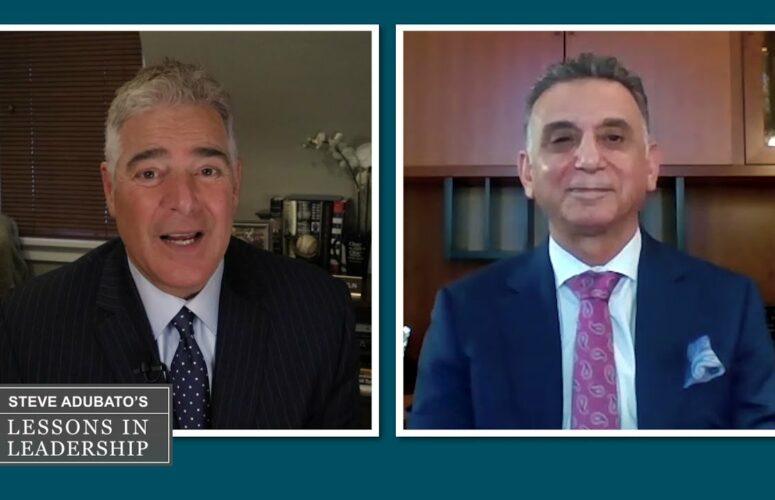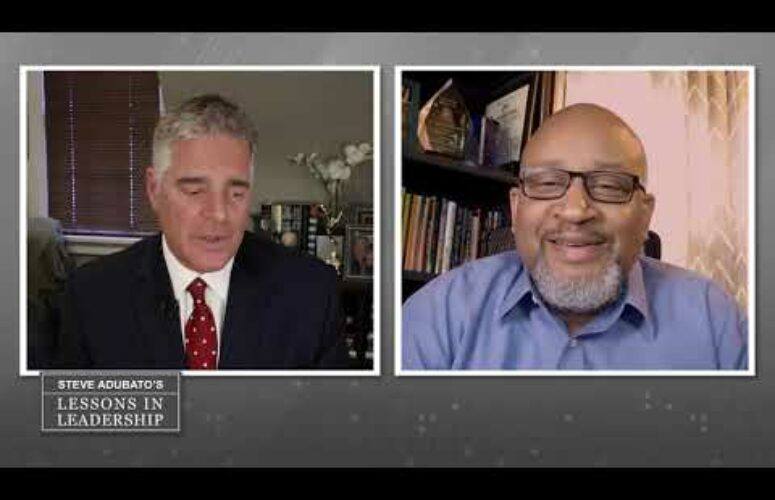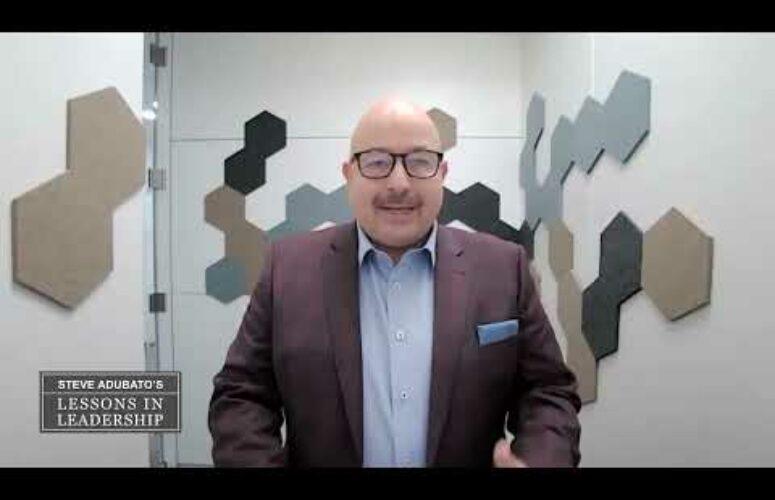Lessons in Leadership: Connecting with Your Audience
By Steve Adubato, PhD On Mar 22, 2024Steve Adubato and Mary Gamba are joined by Bryan Crable, PhD, Founding Dean, College of Human Development, Culture, and Media, at Seton Hall University talking about innovation in higher education and what leadership skills are essential for this next generation. Then, Steve and Mary talk with Rev. Edwin Leahy, Headmaster, St. Benedict’s Preparatory School, about their resilience-building programs and the importance of community and experiential education.
There are a variety of factors to consider when you are looking to persuade, inform, and connect with your audience on a personal and emotional level, and one of those factors is the size of your audience. The approach you take as you prepare for your presentation will need to be revised depending upon whether you are speaking to 1 or 1,000 people. Therefore, consider the following:
- The smaller the audience, the fewer the presenters. One of the worst communication mistakes is to have four or five people making a presentation to one or two people. This approach can overwhelm your audience. Very often, teams feel the need to have every member speak in public. This is a mistake. When dealing with a small audience of one or two, pick the most effective one or two presenters and have the rest of the team be there for support or to answer particular questions.
- Keep it interactive. Many professionals believe an interactive style only works with a smaller audience. This is not true. Sure, it’s easier to interact with an audience of five to ten, but it’s still very possible with a group of over 50. However, the larger your group, the more you must project your voice. You want to have a conversational style, but as the size of your audience grows, that conversational style must become more animated. The larger your audience, the more you must put your entire body into the presentation. People prefer to be spoken to, not at. The key is to invite your audience into the discussion, rather than simply dumping information on them that could have been sent in an e-mail.
- Stand and deliver. While I prefer standing for most presentations, you can look strange if you stand when presenting to one person. However, when sitting around a table of between 10 or 20 people, contrary to conventional wisdom, standing is still preferable. Have you ever been in a meeting around a table where you are unable to see the face of the person presenting? When you speak, it is essential that you can easily see everyone in your audience and they in turn can see you.
- Let’s talk microphones. If your audience is smaller than 50, you are better off without the microphone. However, if you are in a larger room or auditorium with an audience approaching 100 or more, use a microphone. Without it, you might be tempted to shout. Bad move. Using a microphone will allow you to keep a more conversational tone, and still be heard by everyone. But remember, microphones often break down. Always be prepared to speak without a microphone, regardless of the size of your audience.
- Eye contact is key. While eye contact is always easier with a smaller group of less than 10, when dealing with a group larger than that, eye contact is still important. Do it by quadrants, breaking the audience up into four areas. Pick a single person in each quadrant and talk directly to them, but don’t do it in a sequential, predictable fashion. Mix it up. Also, avoid looking over the heads of your audience members, “pretending” to make eye contact. It is distracting and can even turn off your audience.
- Break the plane. If you are behind a podium or on the stage speaking to a group of over 100, you must physically move closer to them. This breaks down barriers. Getting closer helps you make the connection we all seek to do when speaking in public.






